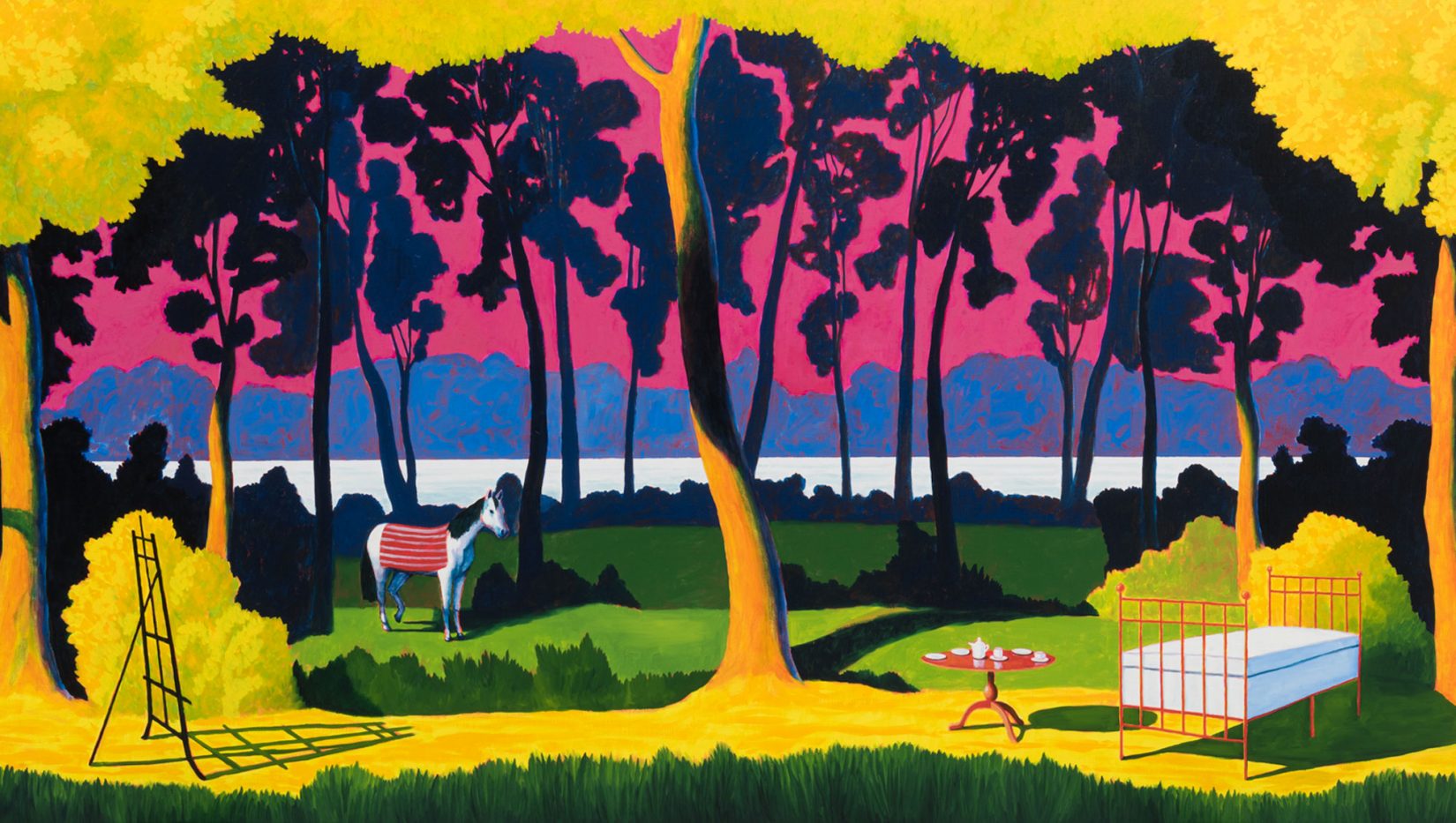In 2021, Public Art Agency Sweden was allocated SEK 25 million from the government to purchase new art. The result is the Corona Collection – a collection of more than 500 works of art by more than 300 artists. Through a publication, and with two exhibitions in 2022, we wish to highlight Public Art Agency Sweden’s collection activities and focus on the significance of art in work and study environments throughout the country – art that people encounter every day in their daily lives.
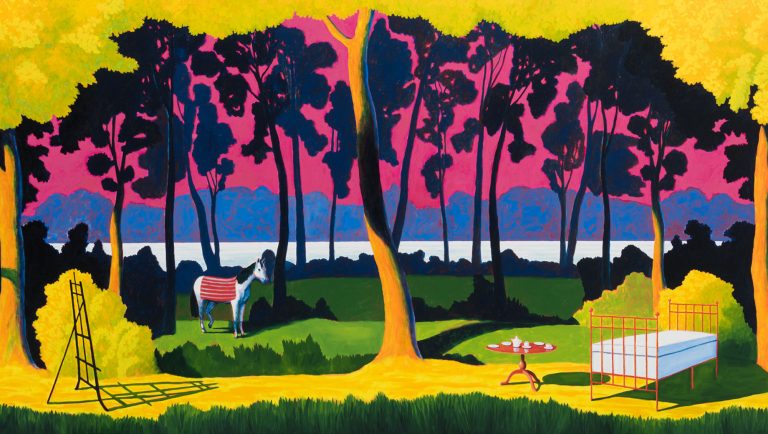
Art should be the property of all
When Public Art Agency Sweden was created in 1937, the intention was twofold: to increase job opportunities and provide more favourable working conditions for Swedish artists, and to make art accessible to more people. The fundamental principle was that “art filled a vital role in society” and that it therefore should not be “regarded as a luxury product, for the wealthy few”. Art should be encountered in shared spaces, in “public buildings and community centres as well as in workplaces, in factories and offices”, creating “the natural conditions for artists to enjoy more favourable economic conditions.” 80 years later, Public Art Agency Sweden’s remit remains the same. Public Art Agency Sweden supports the Swedish art scene by commissioning artists to create artistic interventions in public spaces throughout the country and acquires art by living Swedish artists. In this way, Public Art agency Sweden is still striving for the fundamental objective of the 1937 Bill: that art should “be the property of all”.
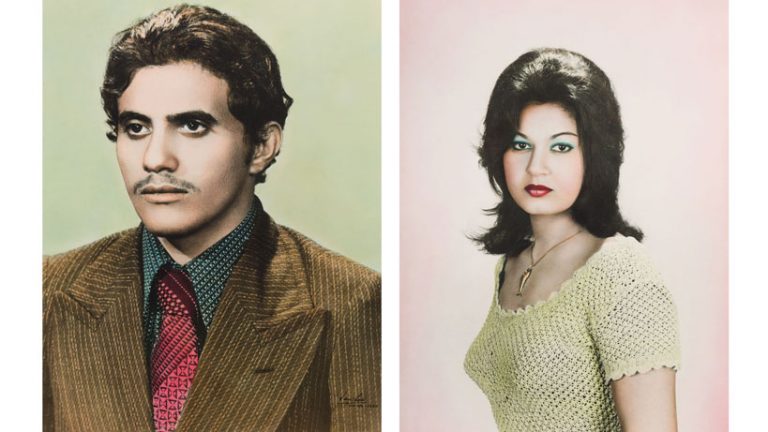
We have reached artists from all parts of the country who work with varying expressions and who represent different generations and different backgrounds
In 2021, Public Art Agency Sweden was allocated SEK 25 million from the government to purchase new art. The additional funding enabled a substantial increase in the annual acquisition of new art, which has been Public Art Agency Sweden’s remit since 1937. Thanks to this undertaking, contemporary art enjoys a stronger presence in public spaces, and many more people have the opportunity to encounter art in their surroundings. We have reached artists from all parts of the country who work with varying expressions and who represent different generations and different backgrounds. Almost a third of the artists live outside of the three metropolitan regions, Stockholm, Gothenburg and Malmö, and several are now represented in the collection for the first time. The management of the great number of acquisitions during the pandemic has resulted in the development of new, inclusive working methods often in collaboration with external actors. These methods will continue to be important in order to reach more artists from throughout the country.
The art in the Corona Collection will be placed in governmental agencies throughout the country
Just like the other works in Public Art Agency Sweden’s collection, the art in the Corona Collection will be placed in governmental agencies throughout the country – in the offices of the Public Employment Service, the Social Insurance Agency and the Tax Agency, in courts, juvenile homes and correctional institutions. The country’s universities and academies top the list of public bodies that most often apply to Public Art Agency Sweden to create art collections: a selection of newer and older art developed for a specific place and context. This results in citizens encountering art in many different ways, contexts and situations and this is what distinguishes public art collections – those of Public Art Agency Sweden and of its regional and municipal counterparts – from museum collections, which are exhibited primarily in gallery spaces, which are not required to serve any other purpose than exhibiting art.
Museums also employ staff who are specialised in communicating with the public, ensuring that the art is always subject to a mediating framework that is able to respond quickly to visitors’ questions and reactions. This is more difficult to achieve when art is placed in workplaces where there is no dedicated employee responsible for the mediation of the artwork or who is able to respond to any discussions that may arise. Despite these challenges, mediation efforts are being made in many places. The consultation groups at the government agencies, who at an early stage have discussed the selection of the art, often show great interest in how art can play a role in daily life in a work or study environment.
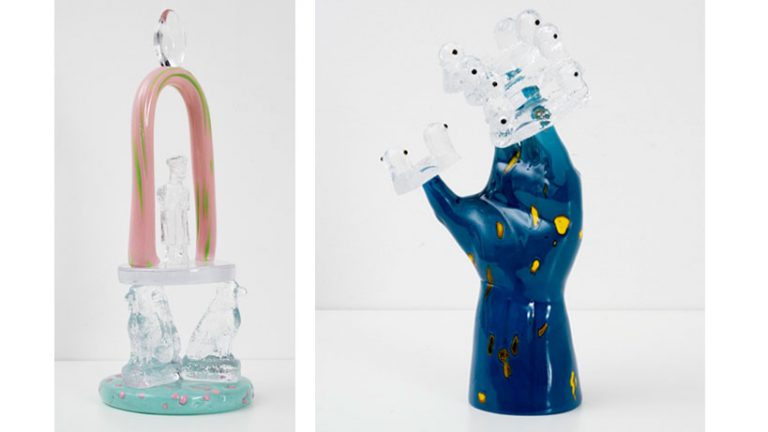
Art in a public collection does not have to be small, neat works that are easy to hang on a wall
In developing the Corona Collection it has been important to challenge ingrained notions of the nature of art in this type of collection. “Placeability” is a criterion that is often applied when acquiring art for public collections. A fragile artwork will not last very long in an environment with more wear and tear than that which art is subjected to in a museum space; if the work is too large it may be difficult to find a suitable place for it – in which case it may be better to commission the artist to create a new site-specific work. But art in a public collection does not have to be small, neat works that are easy to hang on a wall, or tiny, rugged sculptures, even though this, of course, may at times be the case. With the Corona Collection we have been open to many types of formats, expressions and narratives. Both artworks with complex contents and works that are not necessarily physically easily placed can become part of a future art collection. In the long term, it is a matter of developing the relationship between the works and the contexts where they will eventually encounter the public.
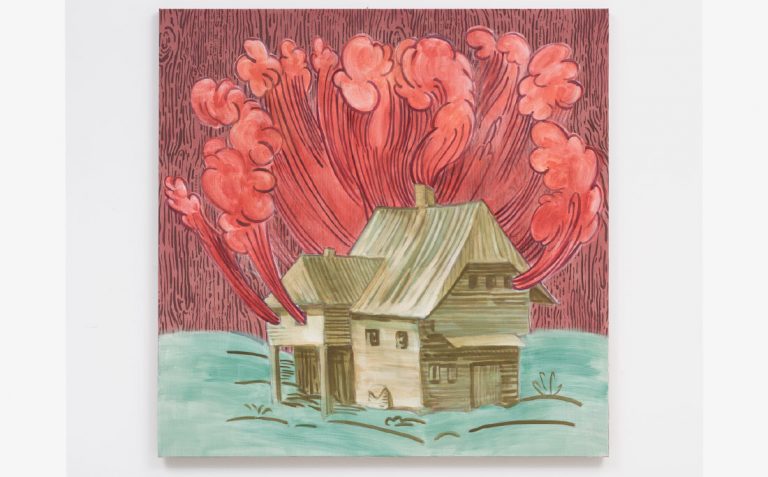
A selection of the Corona Collection will be presented with two exhibitions in 2022
Through a publication, and with two exhibitions in 2022, in which a selection of the Corona Collection will be presented, at Havremagasinet in Boden and at Skissernas Museum in Lund, we wish to highlight Public Art Agency Sweden’s collection activities and above all put the spotlight on the significance of art in work and study environments throughout the country, art that people encounter everyday in their daily lives. We have noted that there is a lack of discussion on public art collections. There is no research or dialogue in forums outside academia on the role of this type of public art. What happens when citizens encounter art while visiting a government agency? How does art at a university contribute to the study environment and education? What does it mean to encounter art everyday in your workplace? And how can we who place art contribute to constantly activate the collections and further develop the educational efforts that are already being made in many places? We know that there is great potential in the public collections. In addition to supporting artists and the art scene in the entire country, they contribute to the goals formulated in the Bill of 1937: that art should belong to everyone.
Art can stimulate experiences, dialogue and encounters. When it is in our midst, it can also promote public discourse and democracy.
Patrick Amsellem
Director, Public Art Agency Sweden
